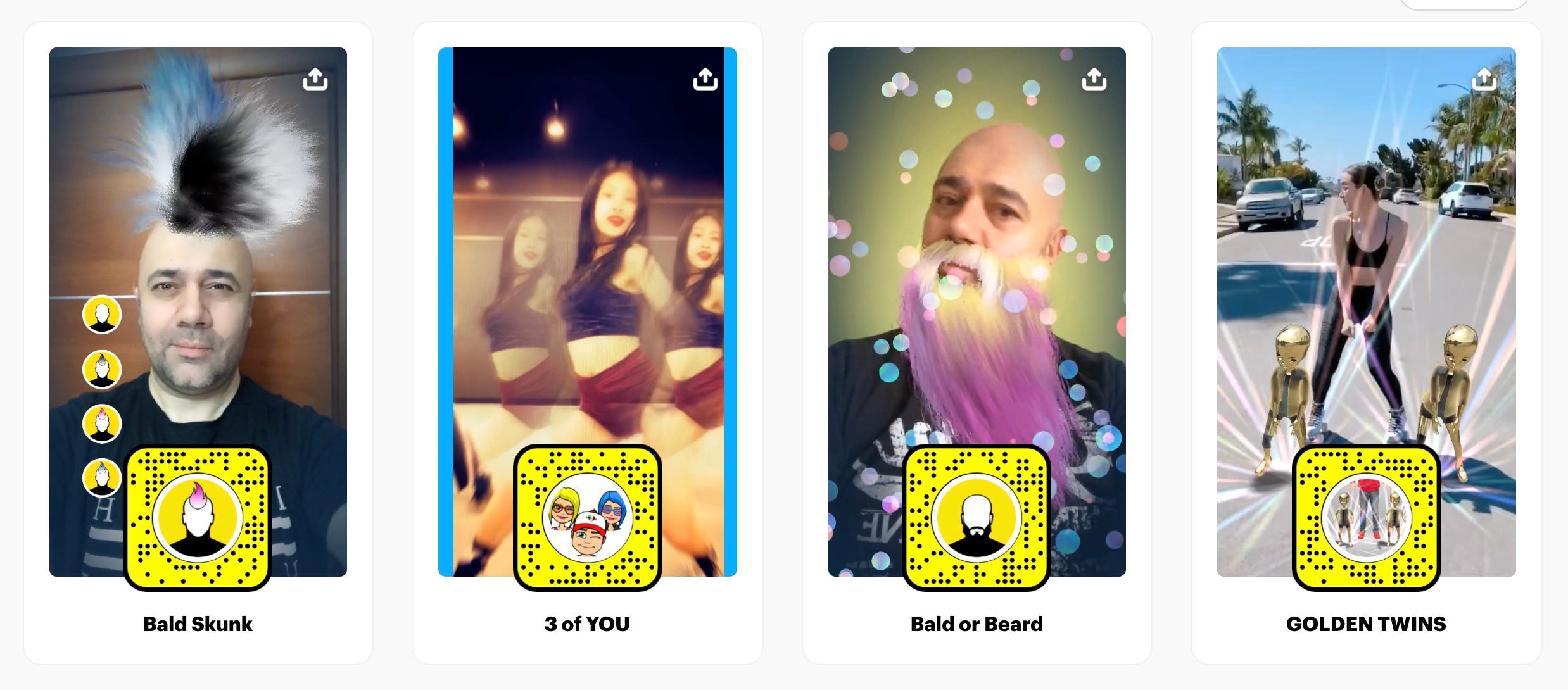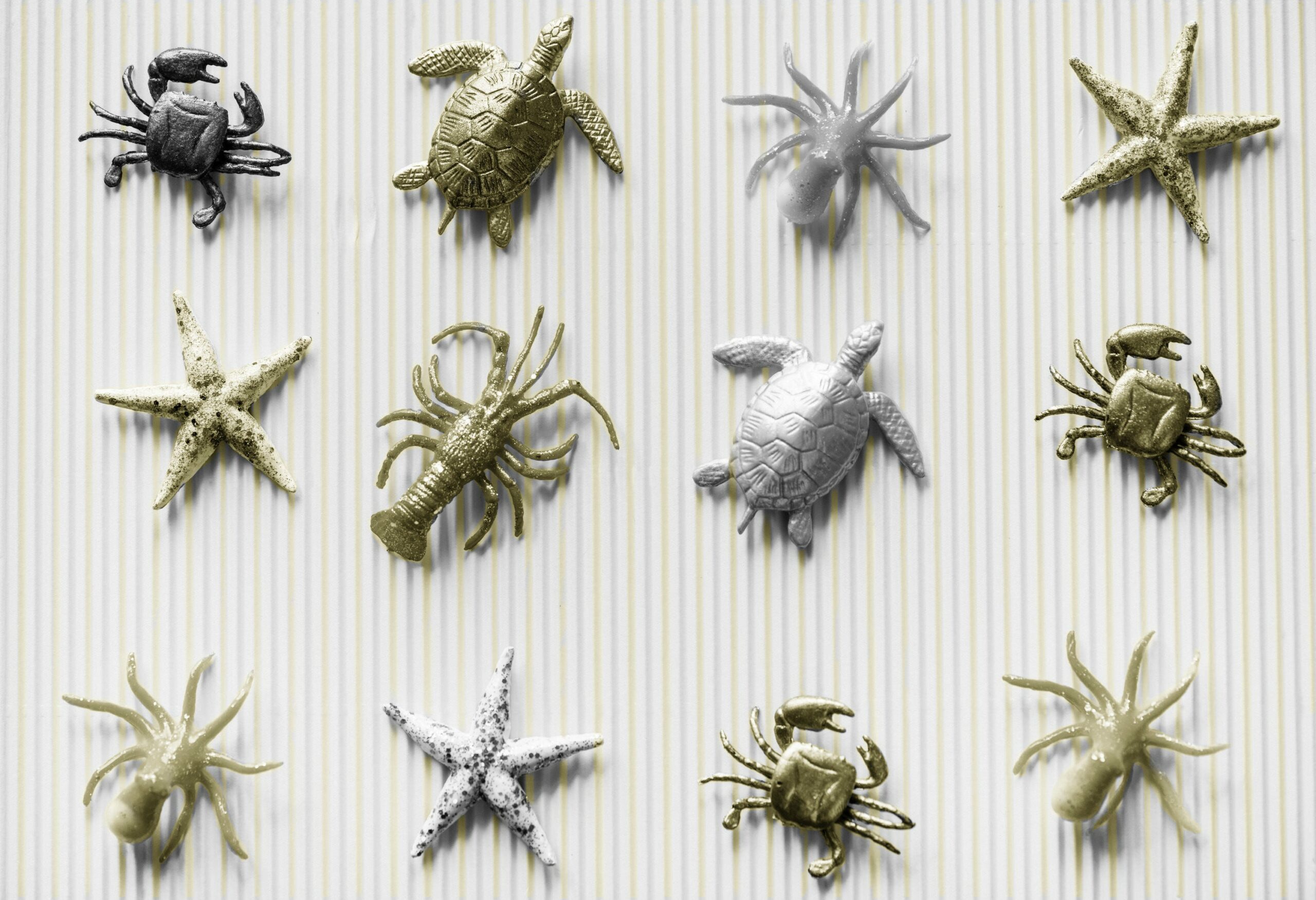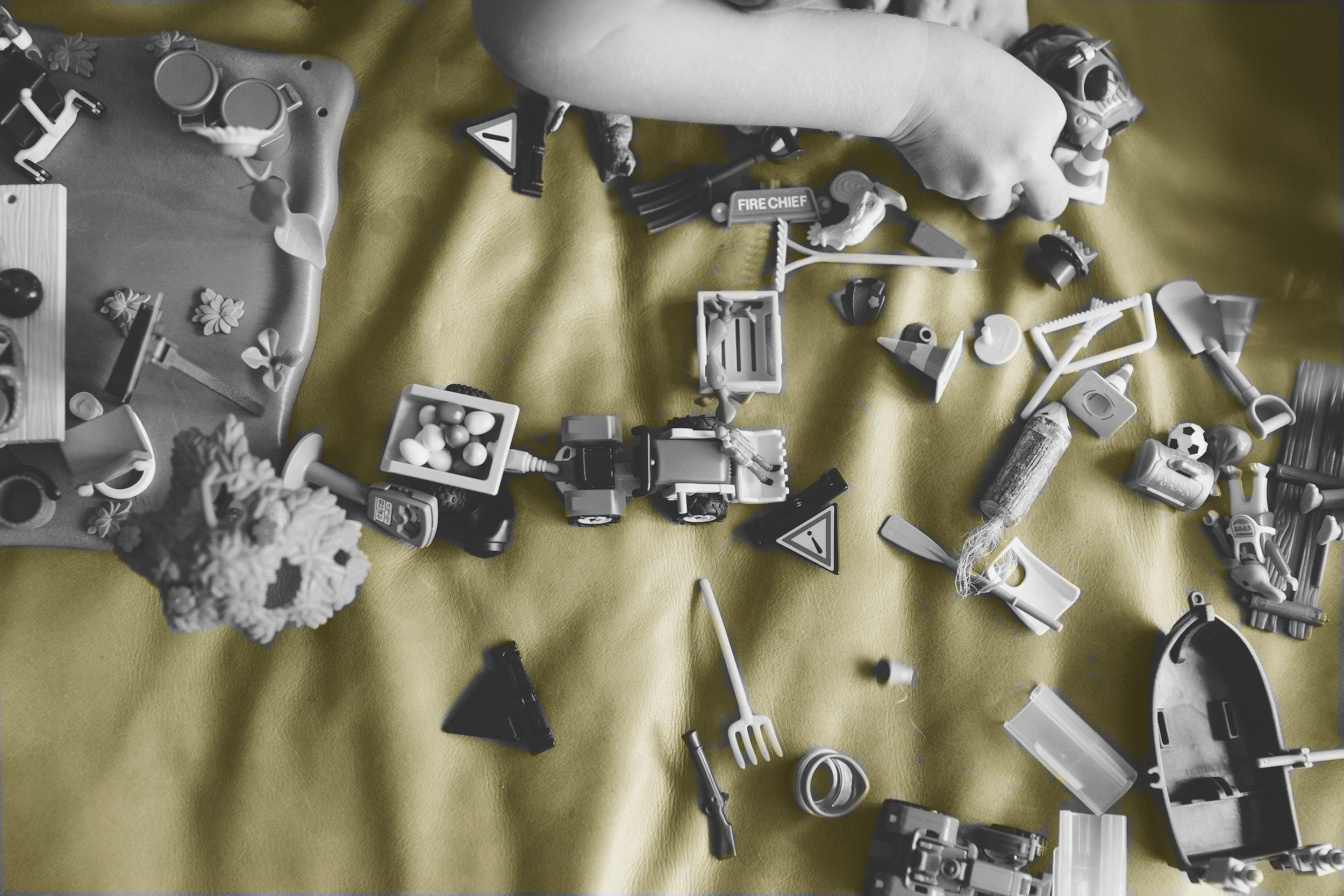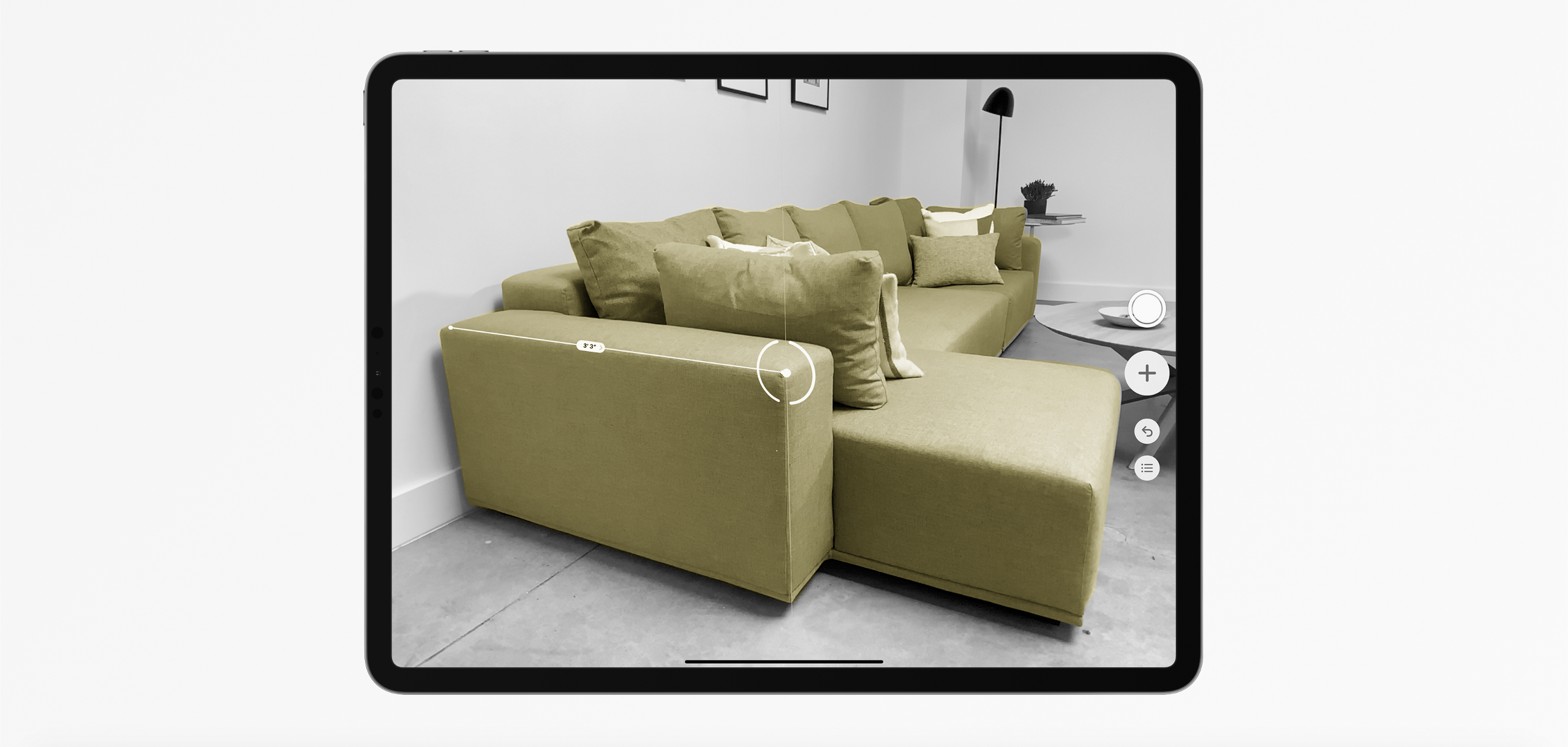Tyleeseeuh seems to have endless lenses. And endless creativity. I went from a sunflower field to a virtual beach vacation before I’d finished my coffee (while wearing a crown of dinosaurs, of course). The creator said she uses lenses as her art form — from makeup looks not possible in reality to neon filters that mimic a sunset. She’s spent the past two years creating all sorts of lenses and filters and I managed to get a firsthand account of her journey.
Continue reading Snapchat Lens Creator Spotlight: Tyleeseeuh









